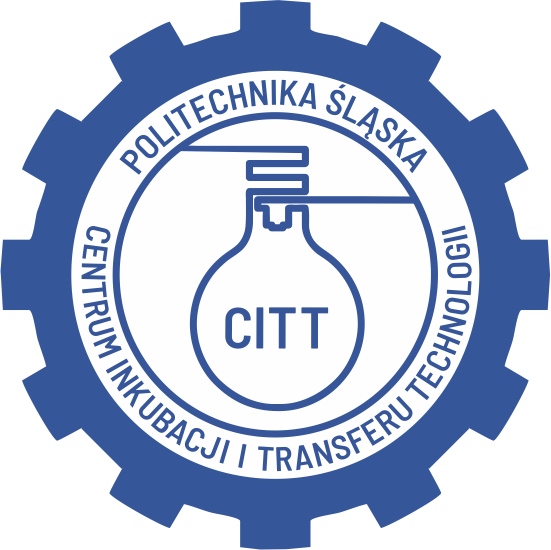Start - / 01 / Inicjatywy CITT -> Komercjalizacja - / 02 / Inicjatywy CITT -> Komercjalizacja -> Ścieżki komercjalizacji
COMMERCIALIZATION PATHS
Commercialization paths of intellectual property (IP):
A) DIRECT COMMERCIALIZATION
1) LICENSING OF INTELLECTUAL PROPERTY
Licensing is a path for commercializing intellectual property which offers a wide variety of terms of sharing intellectual property as well as flexible terms of accounting benefits gained from its commercial exploitation.
- Exclusive licences - used in cases where due to market conditions or clauses found in research-development agreements in the course of which the property was created, the property can be shared with only one entrepreneur.
- Exclusive livenses with possibility of ownership transfer - applied in cases where due to lack of possibility of property evaluation (e.g. lack of data), the license is granted in several-year license period based on profit made from its economic exploitation. Based on that, the transactional value for the needs of ownership transfer is established.
- Multi-exclusive licenses - applied in cases where due to market fators (most often restricted market size) intellectual property is shared only with some of the market's entrepreneurs.
- Non-exclusive licences - found most often, applied in conditions of a competitive market in which no domination of a single or a couple of entrepreneurs occurs.
Intellectual property licensing gives wide variety of billing terms differentiation between licensor and licensee(s). It can be fixed, variable or mixed fees calculated on various basis (e.g. income, profit etc.). for billing periods of various lengths. It allows for adjusting the way of settling the benefits gained from commercialization of intellectual property to the market's conditions and reducing business risk of the licensee.
2) SALE OF INTELLECTUAL PROPERTY RIGHTS
It is a relatively rarely used path of intellectual property commercialization, due to the fact that it definitively closes the possibility of its further economic exploitation and due to transaction costs associated with it, mainly the need for a precise evaluation of the market value, often outsourced to external experts.
3) USE OF IP BY A JOINT OWNER UNDER THE JOINT OWNERSHIP AGREEMENT
The path is most often used in the case of intellectual property owned jointly by several entities, which is usually created as a result of joint implementation of research and development projects carried out by research consortia. In such agreements, mutual settlements of co-owners may be shaped in accordance with statutory provisions (Art. 72 "Industrial Property Law") or in any other way, e.g. similar to license fees, as in point 1.
B) INDIRECT COMMERCIALIZATION
1) Commercialization through spin-out / spin-off and special purpose vehicles
Commercialization of intellectual property by spin-out / off companies and special purpose vehicles of the University is undertaken basically exclusively in case of solutions with high income potential, which economic exploitation can cover all or most of the commercializing company's income.
In this path, in terms of links with the home university, following types of intellectual property commercializing companies can be distinguished:
- Spin-out company (* - a company established by an employee, student or graduate of the university with the capital of the university or its special purpose vehicle, in order to commercialize the intellectual property of the university. The spin-out company is usually also personally linked with the university, which results in close cooperation of both sides.
- Spin-off company (* - a company established by an employee, student or graduate of the university in order to commercialize the intellectual property of the university. The spin-off company is capital-independent from the university and cooperates with it on market terms.
- University's special purpose vehicles - SPVs are established by universities in order to commercialize their intellectual property, pursuant to Art. 149 of the "Law on Higher Education and Science". To cover the share capital of a special purpose vehicle, the university may make a non-cash contribution (in-kind contribution) in whole or in part in the form of results of scientific activity and know-how related to these results. The special purpose vehicle is created by the rector with the consent of the senate. Only universities may be partners or shareholders of a special purpose vehicle.
(* Note: There is no statutory definition of spin-out / spin-off companies in the Polish legal system.













